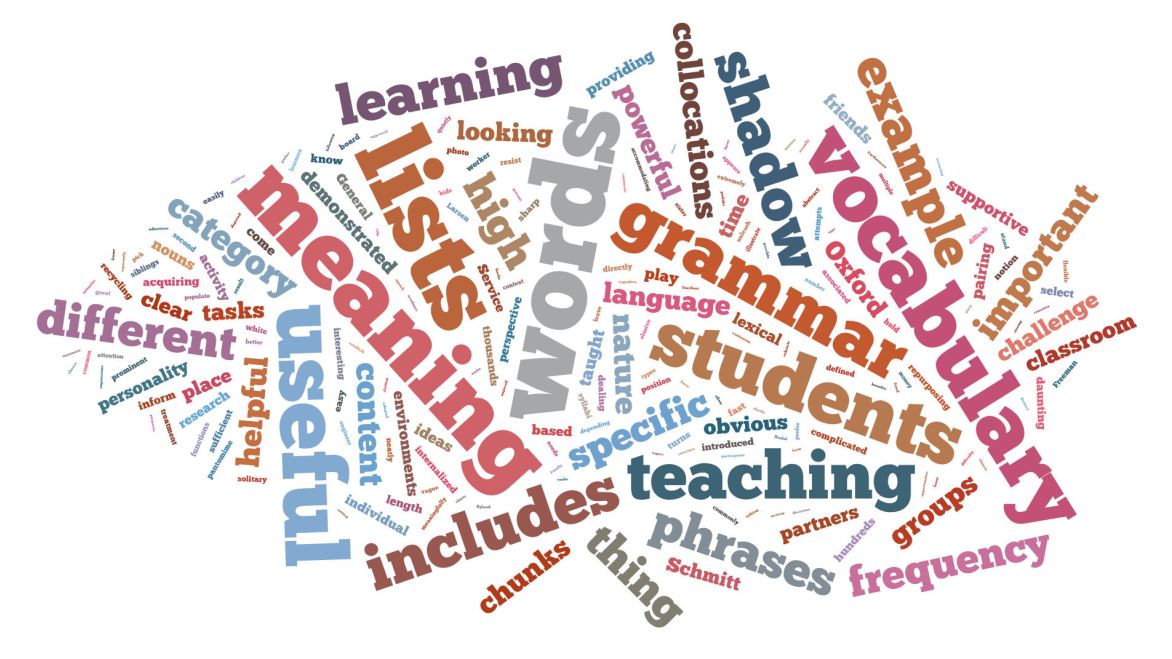This might sound a little silly, but academic language has always felt kind of intimidating to me—especially when I think about how it shows up for younger students. Early on, I thought supporting academic vocabulary meant I’d be standing at the front of the class drilling fancy words or assigning endless word lists. I pictured students memorizing definitions without really knowing how or when to use them. But after doing some research, chatting with other teachers, and gaining a bit of hands-on experience, I’ve realized that building academic vocabulary can actually happen in really natural, meaningful ways.
One strategy that’s worked well for me is simply weaving academic words into everyday conversation. Instead of pausing everything to formally define a word, I try to use it in context and model how it sounds in real life. For example, I might say, “Let’s compare and contrast these two characters,” and then talk through the process out loud. Over time, students begin to internalize the vocabulary and even start using it on their own—sometimes without realizing they’ve picked it up.
Visual supports and sentence starters are another tool I’ve leaned on. They help keep things approachable while still encouraging students to experiment with new language. During turn-and-talks, I’ve started to hear phrases like, “I predict that…” or “The author’s purpose is…” and those little moments feel like such big wins. It’s not just about memorizing a word—it’s about understanding when and how to use it.
When I plan lessons, I try to think ahead about where students might hit roadblocks with language. In social studies especially, a lot of the vocabulary is totally new to them. Words like “citizen,” “law,” or “responsibility” might seem simple to adults, but for first graders, they’re abstract concepts that can cause confusion. To help with this, I make sure to introduce important words early—before we dive into the full lesson—using visuals and kid-friendly explanations. That way, students already have a basic understanding of the terms when they come up in reading or discussion.
One specific strategy I’ve included in my social studies unit is using anchor charts with key terms and definitions that stay up throughout the unit. We add to them together as we learn, and I refer back to them often during lessons. It helps make the vocabulary part of our shared classroom language, and students begin to rely on them to support their understanding and participation.
At the end of the day, building academic vocabulary doesn’t have to feel stiff or overwhelming. It’s all about creating a language-rich environment where students are exposed to new words in authentic ways—while they’re thinking, talking, and learning together.





No comments:
Post a Comment